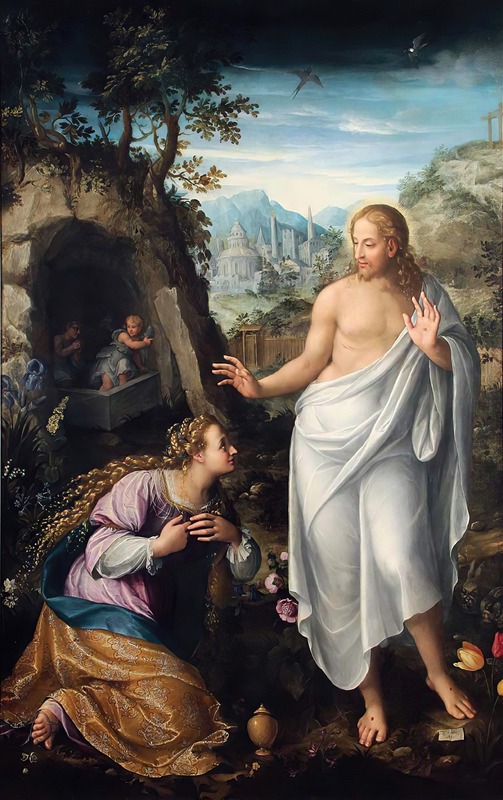
Fede Galizia, better known as Galizia was an Italian Renaissance painter of still-lifes, portraits, and religious pictures. She is especially noted as a painter of still-lifes of fruit, a genre in which she was one of the earliest practitioners in European art. She is perhaps not as well known as other female artists, such as Angelica Kauffman and Elizabeth Vigée-Lebrun, because she did not have access to court-oriented or aristocratic social circles, nor had she sought the particular patronage of political rulers and noblemen.
Fede Galizia was born in Milan most likely sometime before 1578. Her father, Nunzio Galizia, also a painter of miniatures, had moved to Milan from Trento. Fede (whose name means "faith") learned to paint from him. By the age of twelve, she was sufficiently accomplished as an artist to be mentioned by Gian Paolo Lomazzo, a painter and art theorist friend of her father, who wrote, "[T]his girl dedicates herself to imitate the most extraordinary of our art." By her later teen years, she had established an international reputation as an artist.
At a young age, Galizia was already an established portrait painter handling many commissioned works. Her father may have been inspired to train his daughter by the example of Sofonisba Anguissola, who was from Cremona, around 50 miles from Milan. Perhaps it was her father's influence as a miniaturist that led to Galizia's attention to detail in her portraits. Her treatment of jewels and clothing made her a very desirable portrait painter. She was often commissioned to paint religious and secular themes as well. Several of her paintings based on the deuterocanonical story of Judith and Holofernes, a popular theme in art of the period, survive in private collections. Perhaps her earliest was Judith with the Head of Holofernes painted in 1596 which is now in Sarasota Florida at the Ringling Museum of Art. She also created miniatures and altarpieces for convents. Galizia never married or had any children, instead leaving her life items to a cousin, Anna Galizia and a nephew, Carlo Henrico. On June 21, 1630, she made her will and is thought to have died of the plague in Milan shortly afterward.

